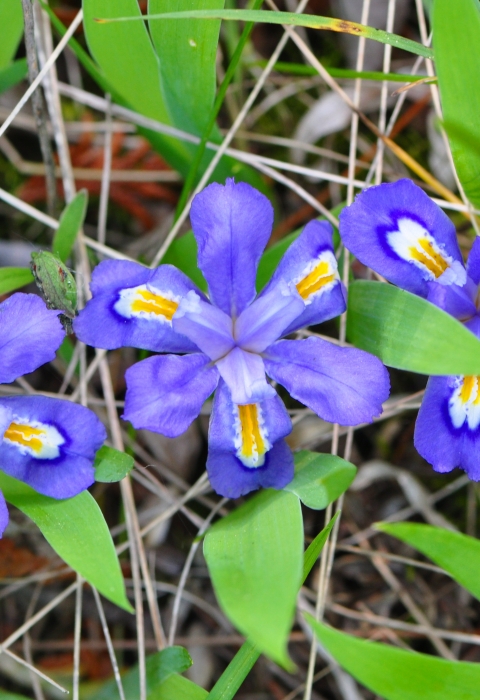What We Do
The National Wildlife Refuge System is a series of lands and waters owned and managed by the U.S. Fish and Wildlife Service. Wildlife conservation is at the heart of the refuge system. It drives everything we do from the purpose a refuge is established, to the recreational activities offered there, to the resource management tools we use. Selecting the right tools helps us ensure the survival of local plants and animals and helps fulfill the purpose of the refuge.
Management activities such as controlling non-native invasive species invasive species
An invasive species is any plant or animal that has spread or been introduced into a new area where they are, or could, cause harm to the environment, economy, or human, animal, or plant health. Their unwelcome presence can destroy ecosystems and cost millions of dollars.
Learn more about invasive species , wildlife inventories and habitat monitoring are conducted on the islands of Green Bay National Wildlife Refuge. Activities like these helps to maintain biodiversity of habitat and native species. The location of the refuge and its island habitat has attracted researchers interested in waterbird population dynamics. The islands have served as research sites for the Service and colleagues for many years. These islands offer rare opportunities to study the changes that are occurring on the landscape in the absence of human disturbance. Research studies conducted on refuge islands aim to address aspects of waterbird conservation across the Great Lakes region.
Staff also conduct historic preservation of the special historic and cultural sites found on the refuge. Former U.S. Coast Guard structures are preserved in accordance with the National Historic Preservation Act and the Secretary of the Interior’s Standards for the Treatment of Historic Properties and Professional Qualifications Standards, and we work with our Friends Group, the Friends of Plum and Pilot Islands, to conduct preservation work on the Plum and Pilot island units of the refuge.
Management and Conservation
Refuges use a wide range of land management tools based on the best science available. Some refuges use prescribed fires to mimic natural fires that would have cleared old vegetation from the land helping native plants regenerate and local wildlife to thrive. Other refuges contain wilderness areas where land is largely managed in passively. The management tools used are aimed at ensuring a balanced conservation approach where both wildlife and people will benefit.
The 2013 Comprehensive Conservation Plan identified many objectives and strategies for refuge management. Some of those objectives are to:
- Protect waterbird colonies with strategies of law enforcement and building support through public outreach and education
- Increase community partnerships, develop outreach plans for important resource issues
- Continue to develop collaborative efforts with other agencies, state and local governments and other organizations
Law Enforcement
U.S. Fish and Wildlife Service law enforcement officers have a wide variety of duties and responsibilities. Officers help visitors understand and obey wildlife protection laws. They work closely with state and local government offices to enforce federal, state and refuge hunting regulations that protect migratory birds and other game species from illegal take and preserve legitimate hunting opportunities.
Laws and Regulations
Refuges are special places where wildlife comes first. All activities allowed on refuges must be evaluated to make sure each activity will not conflict with the reason the refuge was founded. The refuge system has special regulations about what you can do on refuge lands. You can find these regulations in the 50 Code of Federal Regulations - Subchapter C.
